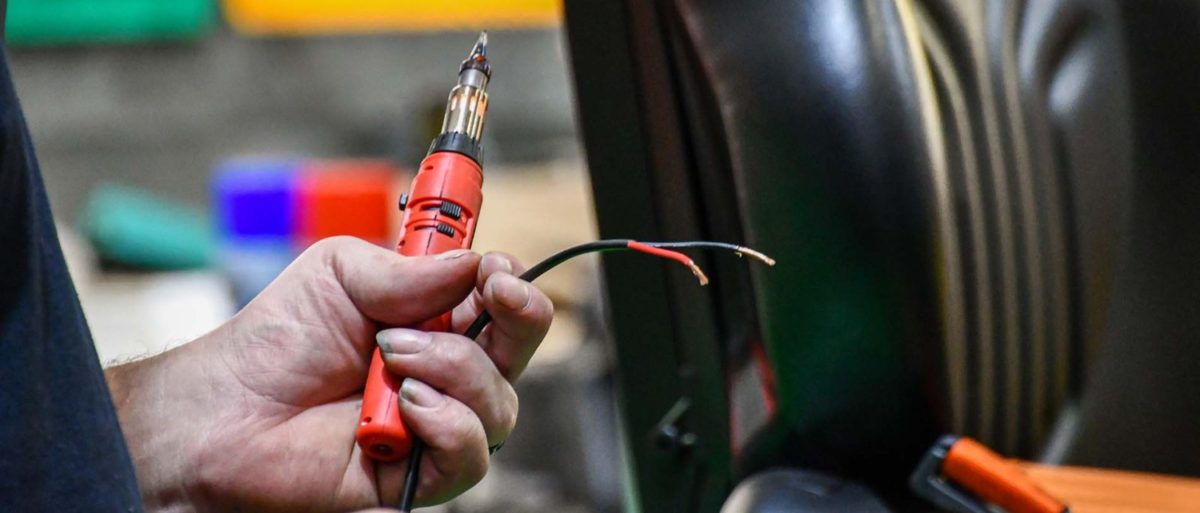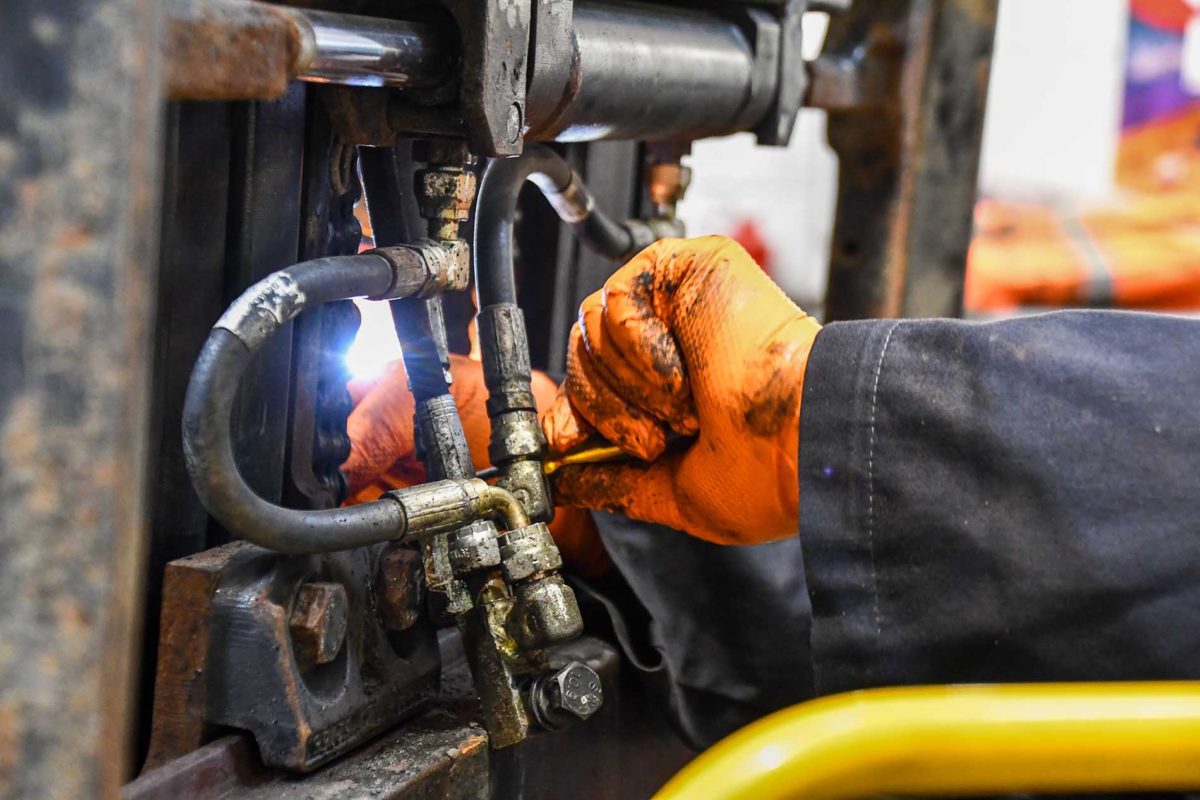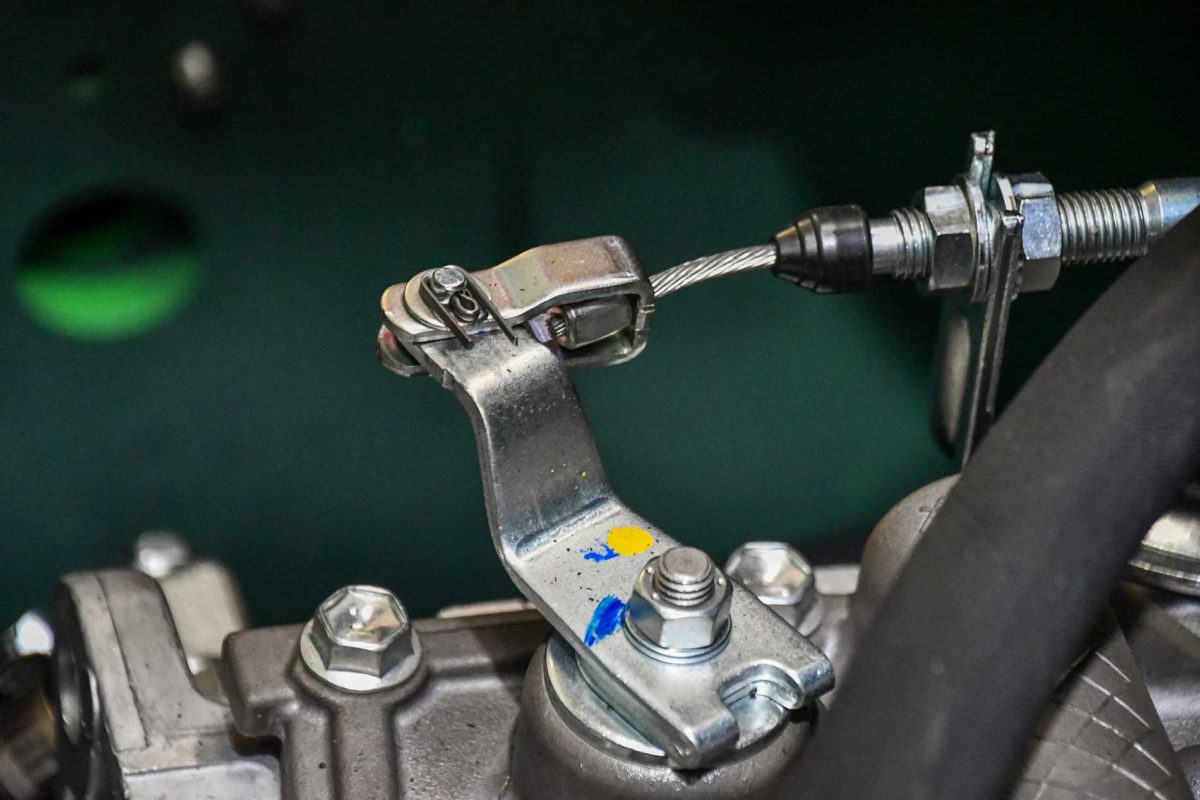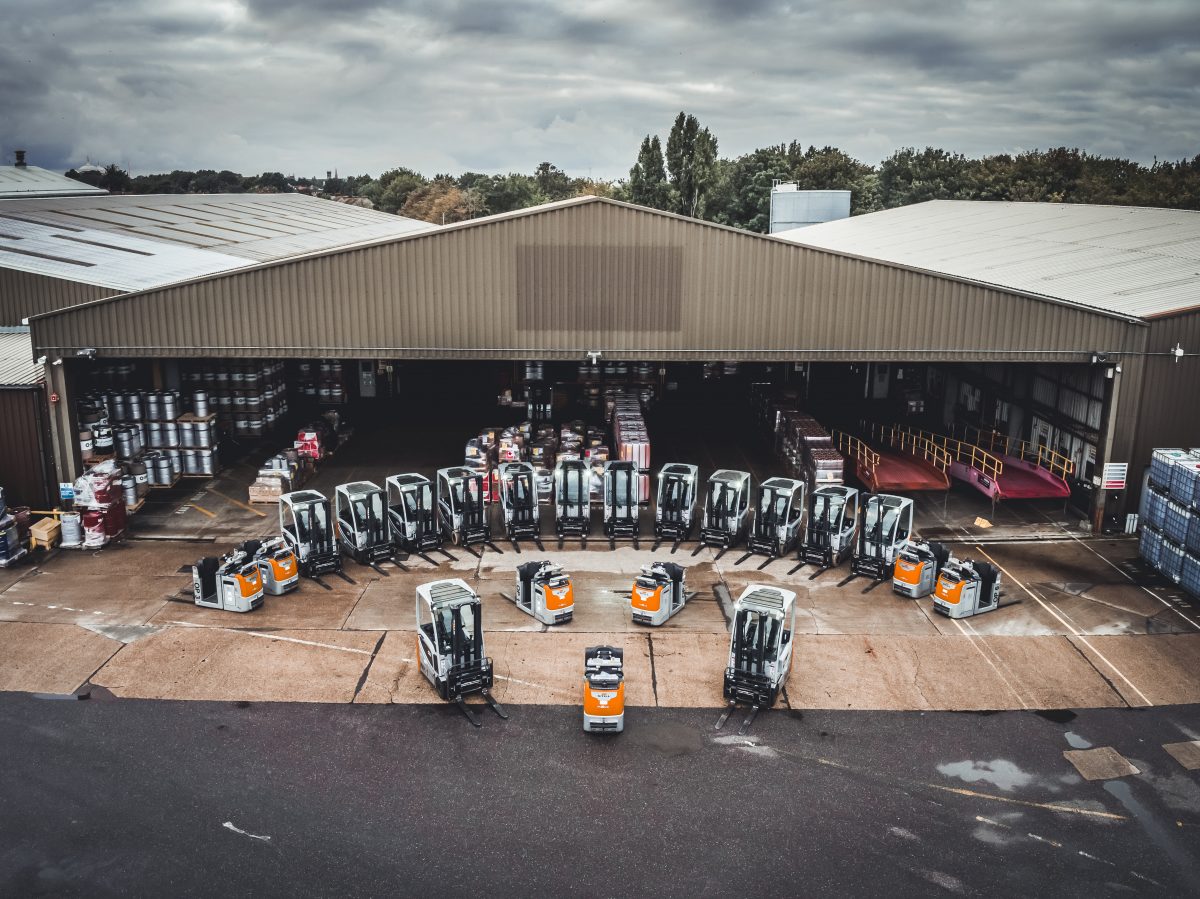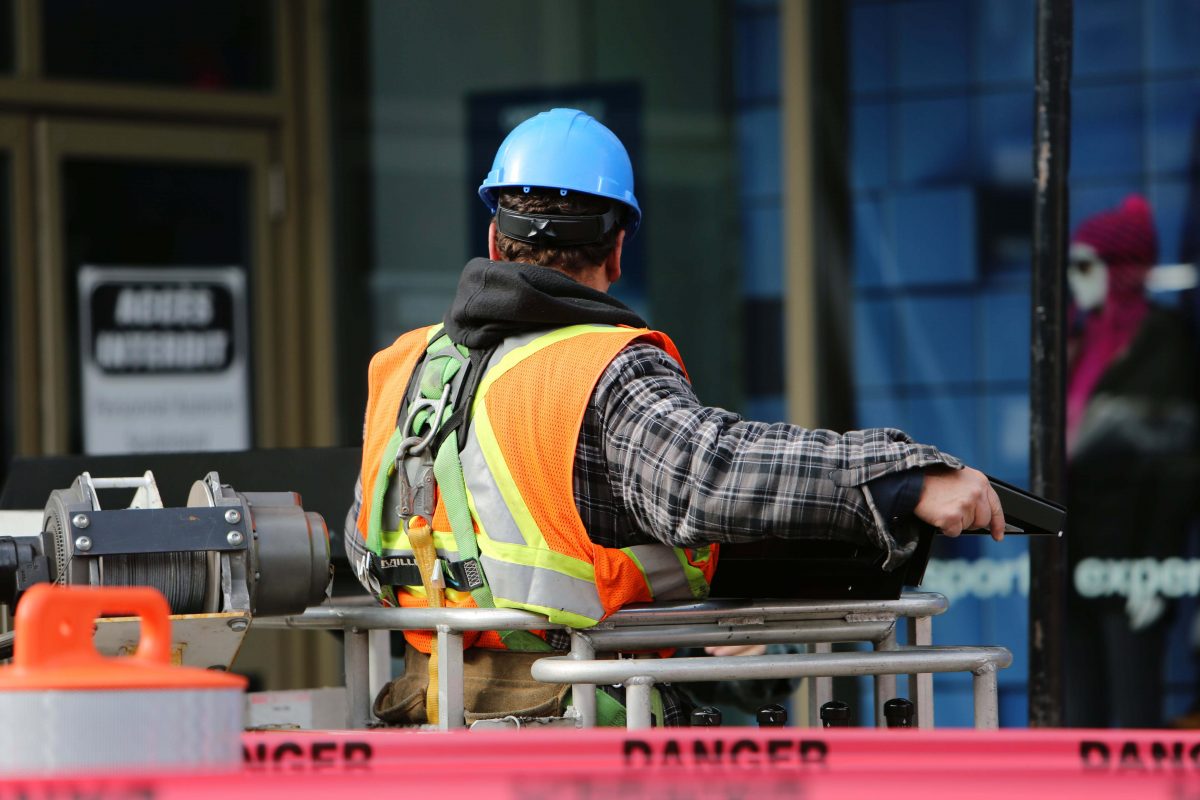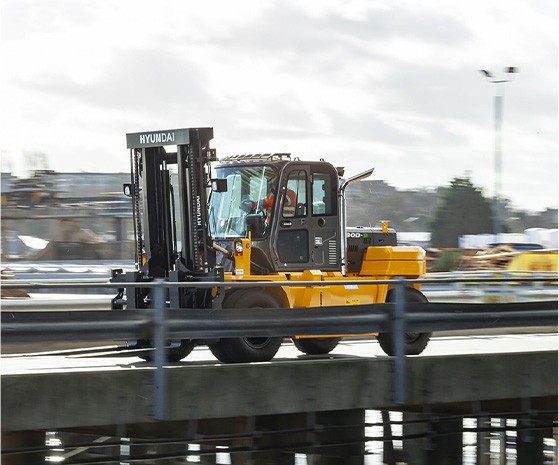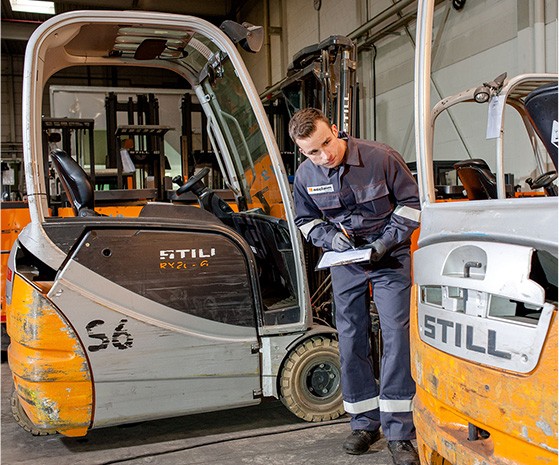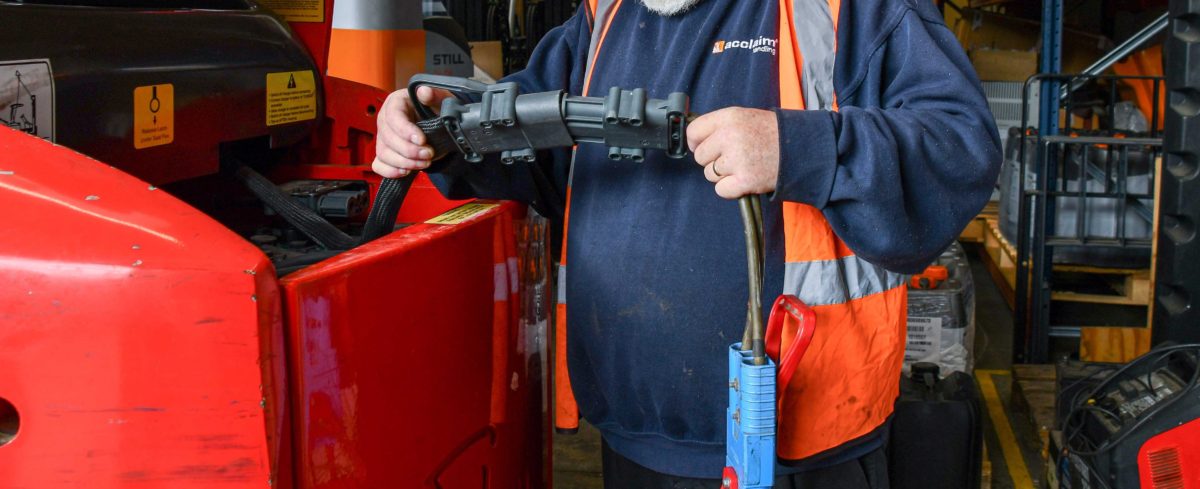In the UK, If you own or operate a forklift or any other type of materials handling equipment, you are required by law to ensure that you hold records of thorough examinations carried out (Like a Forklift MOT). This also applies to equipment on hire.
What happens if I don’t adhere to LOLER Regulations?
Failure to comply with LOLER regulations can leave you open to prosecution and could invalidate your insurance or much worse in the case of a serious accident arising from faulty equipment.
Fortunately, a comprehensive national scheme (Thorough Examinations) is available that complies fully with all current legislation and is supported by HSE.
What can Acclaim Handling help with?
Acclaim Handling is accredited by the CFTS, the standard created by the United Kingdom Materials Handling Association; and can carry out thorough examinations. Remember, the national Thorough Examination procedure can only be carried out by a competent person from accredited companies. We have proved ourselves capable of – and committed to – meeting the strict Quality Assurance Procedural Code of CFTS.
If you are looking to increase health and safety awareness in your operation, we provide forklift / lift truck training which will improve safety in the workplace.
To read more about LOLER regulations & Thorough Examinations, please visit our blog.
Looking for information on PUWER? visit our blog.
Looking for manual equipment such as pallet trucks and lift tables? Check Stock


